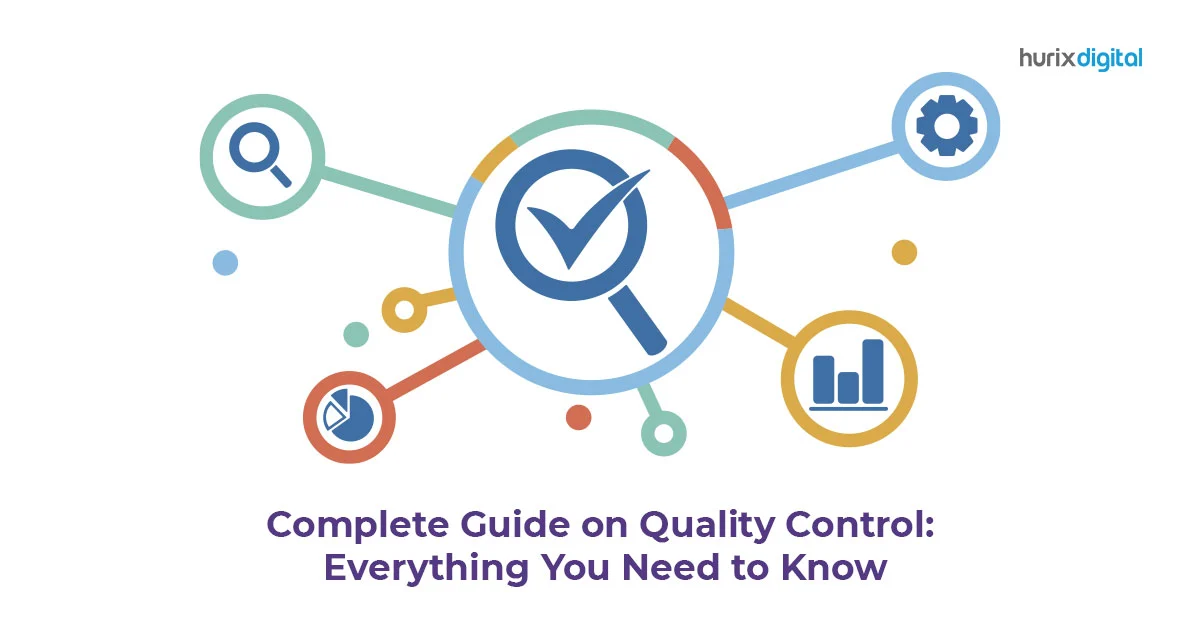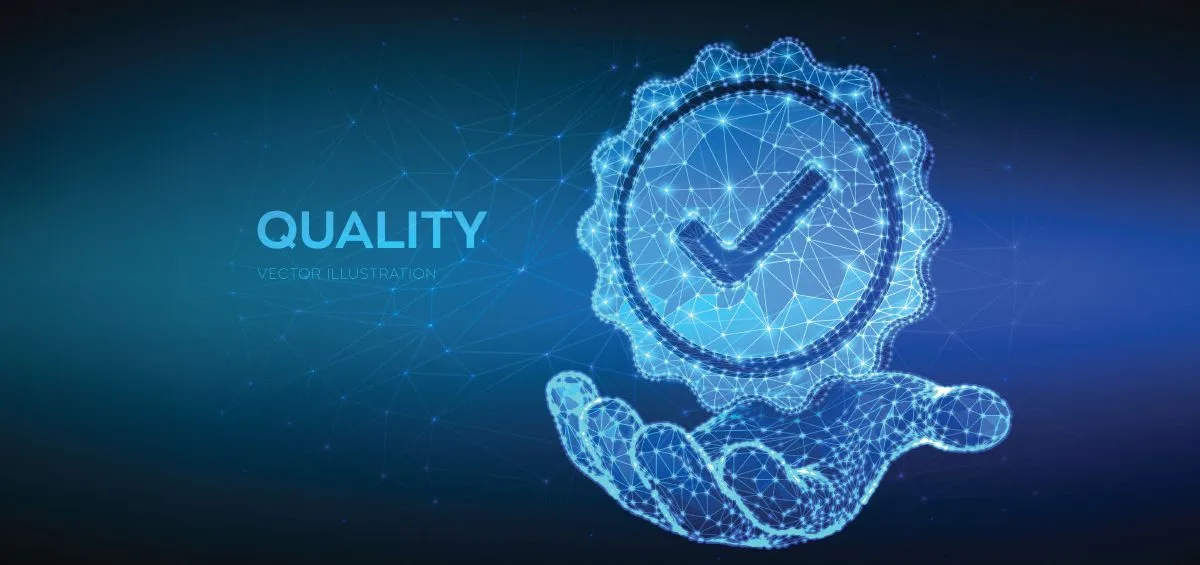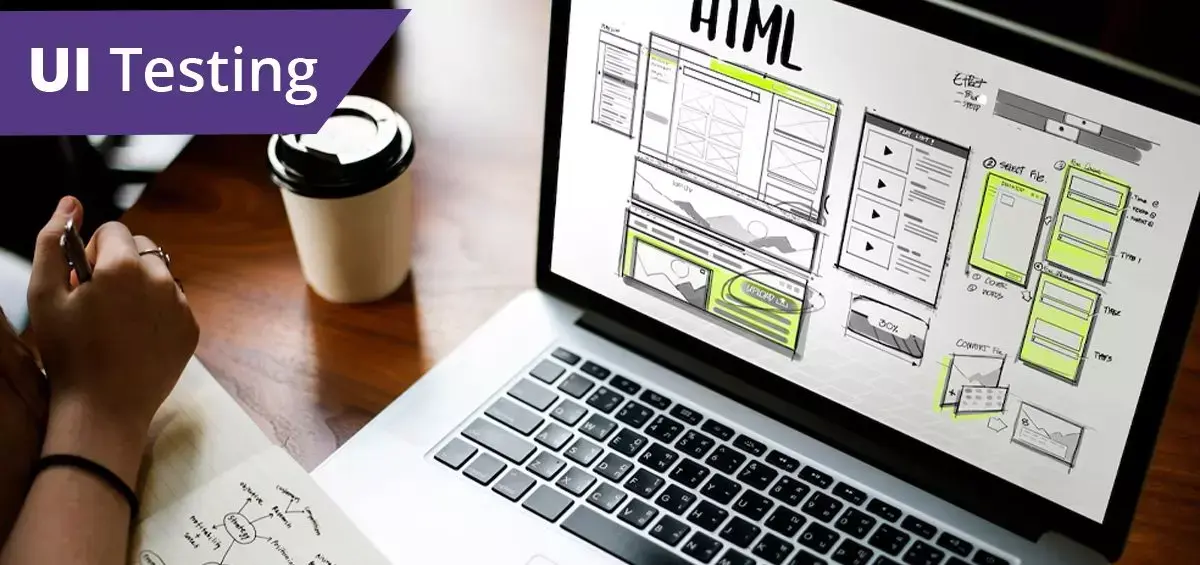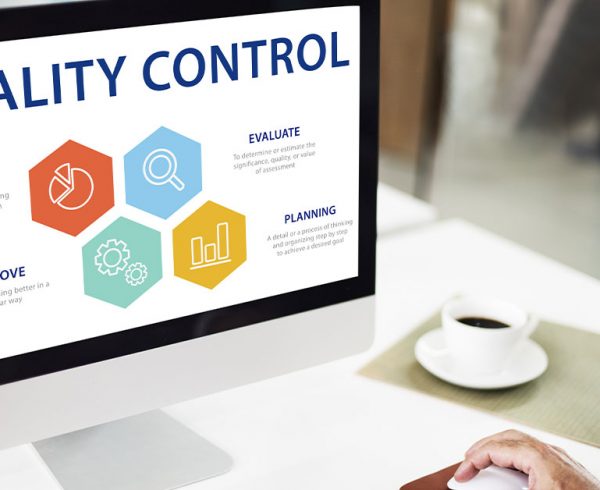When it comes to retaining loyal customers, companies have just one tool that’s powerful enough to appeal to every type of customer/audience they’re targeting. Yes, we’re talking about quality.
Table of Contents:
– What is Quality Control?
– Factors that Determine Quality
– Approaches to the Quality Control Process
– Steps Involved in Quality Control
– Conclusion
A product or service that meets the quality expectations of buyers will always keep them happy and coming back for more. But how can companies manage quality and keep it consistently high at all times? The answer lies in the quality control process.
What is Quality Control?
“Quality” refers to the degree of excellence or superiority that something possesses compared to things of a similar nature.
“Quality control” refers to the set of activities, processes, and operations that companies have in place to maintain and improve the quality of the product/service they are offering.
Factors that Determine Quality
Quality is a subjective experience and differs based on industry and the type of product/service purchased. But ultimately, the following factors work together to increase quality in the eyes of the customer:
-
Type of Raw Materials Used
The type of raw materials used to create the product/service should be more long-lasting, functional, aesthetic, sustainable, and easy to obtain in the long run.
-
Functionality/Usefulness
This defines how useful the product/service is to the buyer after the purchase. Does the product/service offer additional value to their life by either solving an existing problem or filling a gap they have?
-
Features
The type of features and their sophistication, device optimization, accessibility, variety, etc., all affect how useful a product/service can be to a buyer.
These features will determine whether the company’s offering is a better investment compared to other similar products.
-
Price
Affordability is one of the key determinants of quality, especially in terms of the price buyers pay for the features they receive.
-
Adherence to Benchmarked Standards and Quality Compliances
Products/services that hold labels such as ISO, ISI, AGMARK, BIS, GI, GDPR, ADA, etc., indicate that the product/service conforms to stringent global compliance regulations, automatically improving their quality.
These days, companies must focus on creating products and experiences that have the least ecological impact and can meet Governments’ measures for anti-pollution and climate change reversal.
-
Variety and Accessibility
Even within one target group, there are often differences in tastes between customers. More variations of the product/service can make it more accessible and enjoyable to all your customers.
-
Safety
In the eyes of buyers, the safer a product/service is to use or experience, the better its quality. Similarly, safety also refers to protection against tampering by unauthorized individuals.
-
Reliability and Longevity
The longer the uninterrupted, seamless service a product/service offers and the higher its shelf life, the better it is considered by buyers.
Approaches to the Quality Control Process
In order to maintain high quality always and to consistently keep improving the quality of the product/service being provided, companies need to have a powerful quality control process in place.
Depending on their needs, a company might use one of these approaches to quality control:
-
Random Selection
Here, a random sample of the product/service is taken to measure select attributes (such as product durability, accessibility, or safety) to identify the item’s quality.
This approach helps the company determine if defects exist across the board or if they are isolated to specific attributes/batches/production cycles.
-
Taguchi Method
In this method, the focus is on the role of R&D and product design and development in product quality.
The foundational operations such as research, methodology design, and technology selection are made with greater care to reduce failures/errors in the later stages of product/service production.
-
100% Inspection
This approach is a comprehensive, 360-degree quality check process. Here, every stage of production is monitored and controlled to meet quality requirements. This takes a lot of time, but it is an approach that offers excellent quality results.
-
Quality Assurance
Quality assurance takes quality control a step further. It is a mindset adopted by the entire company, which aligns every activity, thought, and decision towards always striving for the best quality possible.
Here, quality is built into every single action, process, and technology that is related to the product/service in any way (including functions outside R&D and production).
Steps Involved in Quality Control
The fact is companies often lose 10%-15% of their operations cost or 15%-20% of their sales revenue due to poor quality.
A responsive and customized quality control and assurance process can help companies create products/services that always adhere to their benchmarked standards.
The quality control process typically looks like this:
-
Incoming Materials Quality Control
The first step is monitoring the quality of incoming materials. These materials could be physical materials to make a physical product/service or digital materials to offer an online experience.
The materials are inspected to make sure they meet the firm’s quality standards and requirements. Those that don’t are either discarded or returned for modification.
-
In-Production/Process Quality Control
This second step oversees quality management during the production/processing of the product/service. This could be testing the tool/technology being used to produce the physical item.
Alternatively, it could be testing the safety and accessibility of the digital environment in which the online product/service will operate.
At this stage, the company also checks its adherence to global compliance requirements. Additionally, any client-given specification becomes one of the main points for quality management.
-
Final/Outgoing Quality Control
In this third stage, the quality of the finished product/service is checked to ensure no defects or deficits exist. The product/service is implemented, and it is examined to make sure it operates seamlessly.
How the product/service looks, whether all features are operational, and if it can be easily used (i.e., downloaded, consumed, shared, etc.) are checked. If there’s something wrong, it is sent back to the production stage for revisions.
Adherence to client specifications is again checked, any necessary labels/marks/tags are added, and the product/service is sent to the desired location. This could be a physical distributor’s warehouse or uploading onto a digital platform.
Even after sale/distribution, the product/service is continually monitored and improved upon as time passes. The best quality control tool gives the company the flexibility to keep improving the quality offered through responsive changes.
Choose Hurix to Maintain and Boost the Quality of Your Online Education and Training Programs
The e-publishing and online training industry also must meet stringent quality requirements in order to provide the best quality education to their audience.
One way to effortlessly manage your quality control process is to use robust, cutting-edge digital content transformation software like Hurix.
Hurix has over two decades of experience providing content authoring, content quality control, and content distribution services to a variety of clients, such as K-12 schools and corporates.
With Hurix, you can:
- Create content in diverse formats, including text, video, audio, memes, slides, quizzes, polls, etc., using in-built content authoring tools and personalized production services.
- Integrate quality into content production through superior pre-editing and editorial services such as manuscript digitization, formatting, typesetting, XML conversion, illustrations, and more.
- Check content quality through powerful AI quality automation tools that enable various testing for copy, API, performance, mobile app, animation, portal security, payments, and accessibility.
- Securely upload your content onto a scalable cloud that is encrypted and accessed only through identity verification.
If this sounds like the perfect tool for your content creation and quality assurance needs, try Hurix today.











